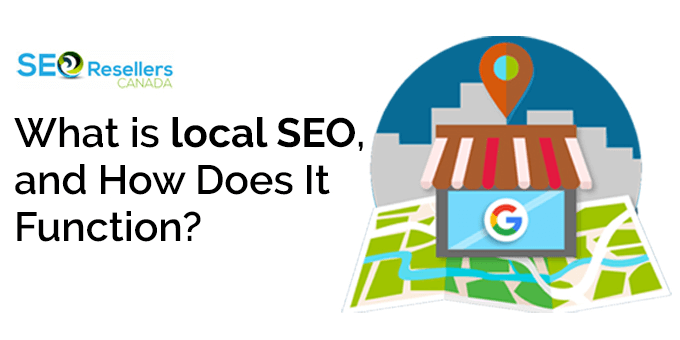Google Cache was the go-to solution for anyone wanting to peek into their past search history. The feature was a digital lifeline, whether you were a casual browser or a digital marketer. However, Google officially removed its cache feature in September 2024 This left many users and professionals seeking new ways to access archived web content.
The change also altered the manner in which web users conduct research and implement SEO strategies. Are you also seeking to locate archived pages? In this blog, let us analyse what happened. We will also examine why it is important and how you can still locate older versions of web pages.
1- Brief History and Purpose of Google Cache
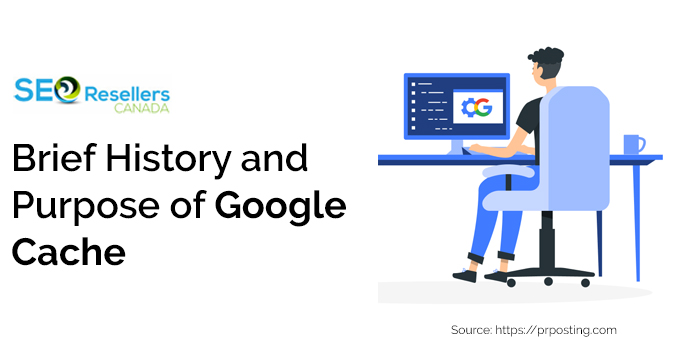
Google Cache was introduced over 20 years ago. During that time, the internet was not very reliable. So, pages usually failed to load. Google allowed users to access content even if the original site was down by storing snapshots of web pages. This was very important for writing SEO friendly content and recovering lost data.
Hence, Google Cache became more than just a backup for digital marketers and those involved in SEO outsourcing. It provided insights into how Google viewed a page. This was critical for developing effective digital marketing campaign strategies. In fact, 94% of all clicks come from organic search results. This makes every tool that aids SEO strategies extremely valuable.
2- Announcement of Its Removal and User Impact
Google began to signal the end of its cache feature in early 202 It first removed cache links from search snippets. Then, it disabled the cache entirely. The September 2024 official announcement came in the confirmation of the dreaded news that Google Cache was indeed no more.
The impact was immediate. There was no way users could see cached copies of web pages anymore. This made it harder to recover lost content. It also became challenging to check recent changes. This predominantly pinned down professionals who were keen on increasing their site’s visibility. This is due to the fact that Google Cache was an important resource that enabled them to track and adjust their generative engine optimisation efforts.
3- Why Did Google Remove Cache?

3.1- Google’s Reasoning and Official Statements
Google’s decision to remove its cache feature is rooted in dramatic changes in the way the internet works. Danny Sullivan explained that cached pages were initially developed to enable users to see content when sites were slow or unstable – a common issue in the early days of the web.
Nowadays, the internet has become fast and servers have become reliable. So, Google determined that cached versions of pages were no longer necessary. The company said that its focus is now on delivering the most current and accurate search results, rather than preserving outdated snapshots. This change reflects Google’s commitment to streamlining search functionality and adapting to a more stable online ecosystem.
3.2- The Shift Towards Real-Time Content
Google’s removal of its cached pages is a part of a larger initiative of prioritising real-time dynamic content. Features like Google Discover and AI-generated search summaries highlight the company’s emphasis on delivering fresh and relevant information quickly.
Google believes that its users should interact with live web pages rather than archived versions. For digital marketers, this means a greater focus on ensuring websites load quickly. Experts will also have to remain consistently available and provide real-time information.
4- What Did Google Cache Offer?

Google Cache offered users a snapshot or backup copy of a web page as it appeared when last crawled by Google. Let us now see how experts depend on this feature.
4.1- How Users and Professionals Relied on It
Google Cache was a versatile tool. Every day, users could access a web page that was temporarily down or had been updated. It is mainly beneficial for those professionals who work in an SEO agency. This is because it helps them –
- Troubleshooting site errors
- Monitoring content changes
- Verifying how Google indexed a page
- Recovering deleted or altered content
4.2- Typical Use Cases
4.2.1- SEO Strategies
SEO professionals can see exactly the way Google indexed and rendered content during a specific crawl by examining cached versions of a webpage. This allowed them to identify which elements were visible to search engines at that time. Using this historical perspective also helped them adjust their SEO strategies. As a result, professionals could address gaps and ensure that key optimization changes were accurately reflected in search results.
4.2.2- Content Recovery
Cached pages served as a backup for recovering lost or deleted website content. Accessing a page’s cached version allowed content creators to restore valuable information in case it was accidentally removed or altered. This ensures continuity and accuracy. It was particularly useful for writing SEO friendly content. This is because it enabled marketers and writers to recover optimized text and metadata. As a result, it helped maintain the integrity and effectiveness of their digital assets.
4.2.3- Technical Troubleshooting
Cached versions were a reliable reference point for solving issues when a website experienced downtime or unexpected changes. Webmasters and developers could compare the live site with its cached counterpart. It helped them pinpoint the thing that had changed or caused the problem. This process streamlined troubleshooting. It also helped identify broken elements or scripts. As a result, it allowed teams to quickly restore functionality and minimize disruptions for users.
5- The Immediate Impact of Google’s Cache’s Disappearance
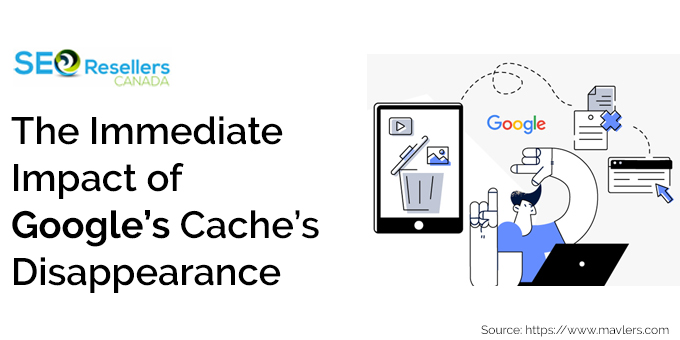
5.1- User Frustration and Community Response
The removal of Google Cache sparked frustration across the web. Many users expressed concern about losing access to historical versions of pages, mainly when troubleshooting or researching. Even SEO professionals were disturbed by this move. This is because it meant adapting AI SEO strategies and finding new ways to monitor site changes.
5.2- What is No Longer Possible
- Quickly viewing previous versions of a web page from Google Search
- Using the Cache operator for quick access
- Bypassing paywalls or content blocks via cached pages
6- Your New Guide To Finding Archived Web Pages
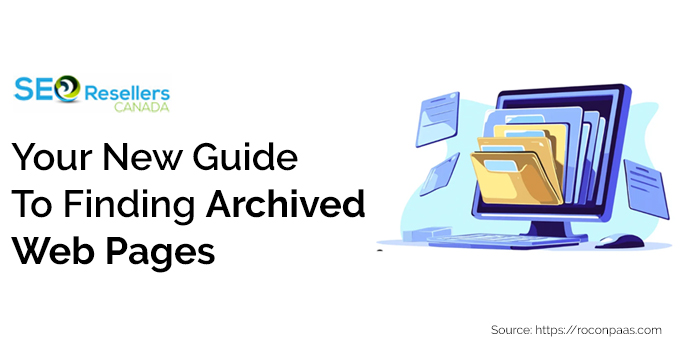
Users must resort to other tools and methods to view cached content, with Google Cache gone. Thankfully, there are a few good ones to turn to. Each offers its own strengths and weaknesses. Let us see some of them here below –
6.1- The Wayback Machine - The Leading Alternative
The Internet Archive’s Wayback Machine is the world’s largest public web archive. It has over 800 billion archived pages. It captures and stores snapshots of websites at various points in time. This makes it a powerful resource for anyone needing to view old content.
But how can one use the Wayback Machine?
- Go to – archive.org/web.
- Enter the URL of the page you want to view.
- Browse the calendar to select a date and view the archived version.
6.2- Bing Cache - Google’s Rival Still Offers Snapshots
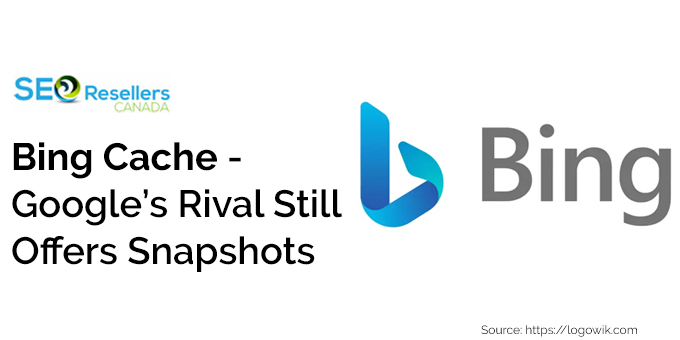
Microsoft’s Bing search engine continues to offer a cache feature that is similar to Google’s former version. You can access a cached version by clicking the down arrow next to the URL when you search for a page on Bing.
6.2.1- But when should I use it? And why?
Bing Cache is primarily helpful in retrieving recent copies of pages crawled by Bing. This makes it useful for SEO outsourcing and digital marketing campaign planning. Consequently, it serves as a backup source for tracking site updates and confirming content changes.
6.3- CachedView - Aggregating Multiple Sources
CachedView serves as a valuable replacement for Google’s discontinued cache feature. It allows users to access archived web pages through alternative sources. This is because the platform aggregates cached versions from Bing and other providers. Users simply have to enter a URL and select their preferred caching service.
6.3.1- But how does it fare when compared to other tools?
It is not quite the same as Google’s original cache. However, CachedView does offer necessary continuity to those who rely on this tool for web research and digital planning. The tool comes in handy for rapidly checking many sources. Hence, it can be a valuable addition to your arsenal for generative engine optimization.
6.4- CoralCDN - A Unique Approach
CoralCDN provides a distributed caching system. It helps preserve access to web content during traffic spikes or server outages. You just have to simply add .nyud.net to any domain. This can help you retrieve cached versions of pages through Coral’s peer-to-peer network.
The platform is not a direct substitute for Google Cache. However, CoralCDN provides a useful alternative for accessing temporarily inaccessible websites. This makes it beneficial for researchers who require dependable content retrieval.
CoralCDN is not made for archiving old history like the Wayback Machine. But, its distributed network creates instant access to cached content in the midst of critical times. So, news reporters covering breaking stories and businesses monitoring competitor sites during traffic peaks all gain an advantage from this temporary fix.
7- SEO Tools With Archiving Features

Do popular tools have archiving features? Let us look at some of them below –
7.1- Ahrefs, SEMrush, and Others
Leading SEO tools crawl web pages. So, they store snapshots for their users. These tools are invaluable for SEO professionals. This is because they provide historical data on content and keyword rankings.
7.2- How SEO Professionals Can Adapt
SEO agencies are using these platforms for monitoring and analysis without Google Cache. For instance, Ahrefs and SEMrush have been growing. According to recent studies, Ahrefs reached over $100 million in annual recurring revenue. On the other hand, SEMrush boasts a 2024 market cap of $1.74 billion. These platforms enable professionals to optimize AI SEO strategies and stay ahead.
8- Other Tips for Accessing Old Web Content

8.1- Browser Cache Recovery
Your browser cache acts as an instant fix when you are in a hurry to view a recently accessed page. Contemporary browsers automatically cache parts of websites that you have visited. These may be text and images. They are still retrievable even if the original web page becomes unavailable.
It is less thorough compared to Google Cache. Nevertheless, this technique can assist in accessing content you have viewed within your current browsing session. It can help if you browse your cache right after realizing a page has been removed. This is due to the fact that browsers tend to regularly delete older content in order to make space.
8.2- Manual Page Preservation
Taking proactive measures to save important web content ensures you will have access when needed. The easiest method is by utilizing your print function in the browser. You will be able to make PDF copies of vital pages. It is also advisable to use specialized software such as SingleFile or other official web archive services for better archiving.
These techniques produce permanent copies of web pages that are always accessible despite changes in the original website. This is crucial for preserving reference materials. It also allows you to keep evidence and safeguard valuable research.
8.3- Exploring RSS Feed Histories

Many websites maintain complete archives of their content through RSS feeds. This is even after removing articles from their main pages. These feeds contain full-text versions of posts that might otherwise become inaccessible. You can use RSS reader applications or specialized archive services to recover content that has disappeared from public view. This method works well for news sites and blogs that consistently publish through syndication feeds.
8.4- Leveraging Search Engine Features
Search engines sometimes leave remnants of removed content in their indexing systems. Google’s cache option has been removed. However, other search operators and specialized commands can sometimes bring up older versions of web pages. These methods involve employing date-range searches or searching various search engine caches. These methods might uncover content that is still present in search indexes but has been taken off live sites.
9- The Future of Web Archiving
The retirement of Google Cache signals a new era in web archiving. The global SEO industry is projected to reach $149 billion by 2030. So, the demand for reliable archiving tools will only grow. Generative engine optimization and AI SEO strategies will continue to evolve. This is because professionals will be seeking new ways to adapt and thrive.
Meanwhile, the Wayback Machine and other such tools are rising to the challenge. This means that the web history is accessible to everyone. Professionals need to be resourceful. They should also be able to adapt. This will help them build successful digital marketing campaign strategies.
10- To conclude
The end of Google Cache may feel like the end of a chapter. But it is also the start of a new one. You can use alternatives like the Wayback Machine and CachedView. They will help you access archived web content and refine your SEO strategies. Remember that the digital landscape is always changing.
So, staying informed and flexible is the best way to boost visibility and achieve long-term success.
The right approach will help you in this new era. It will also enhance digital footprint for years, whether you are managing SEO outsourcing or running your own campaigns.
















